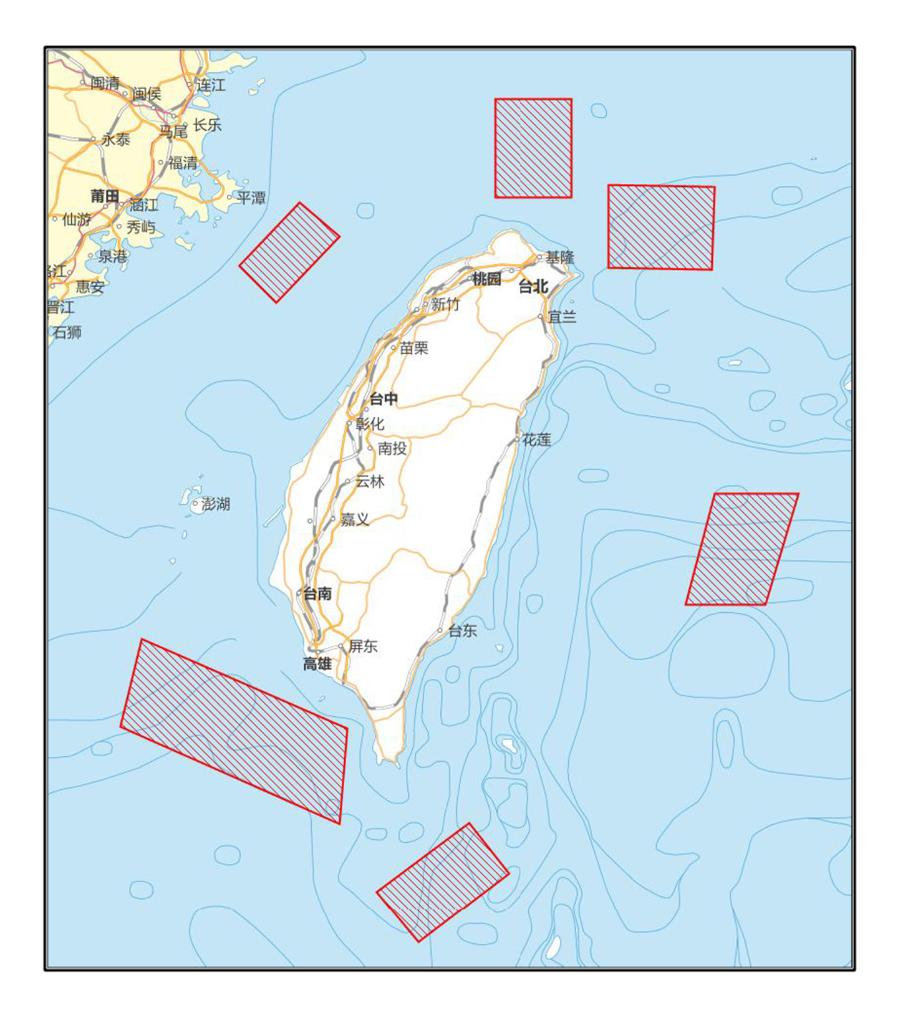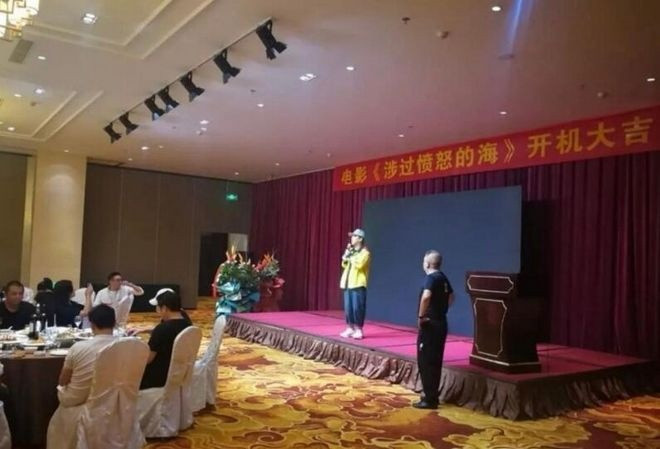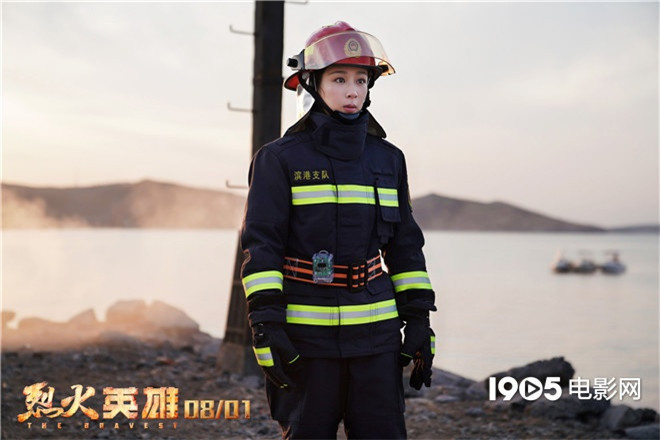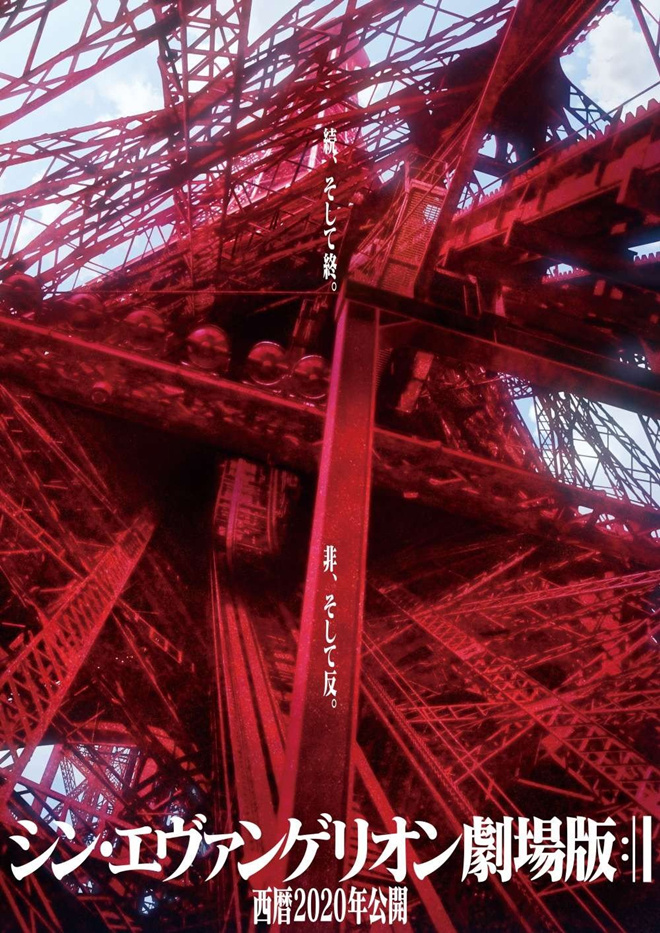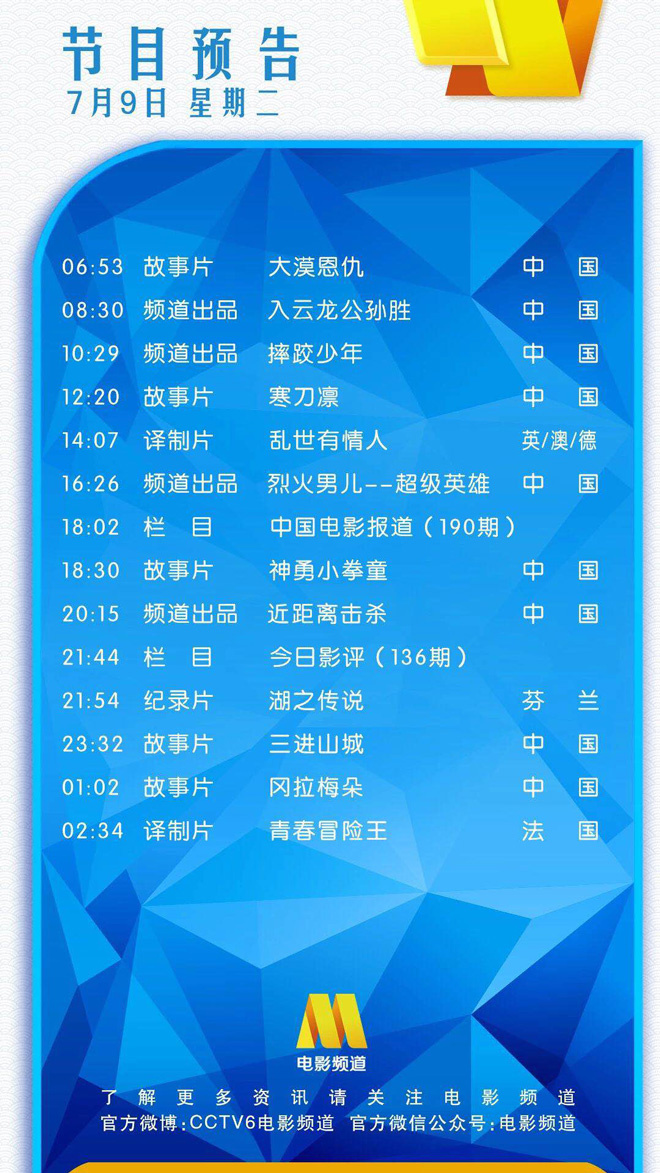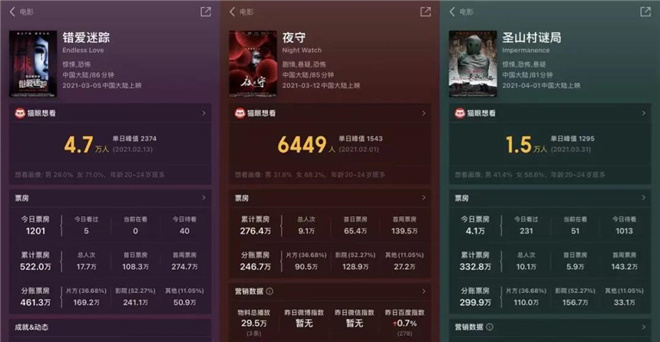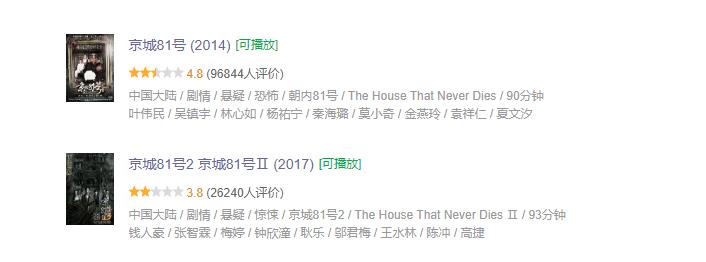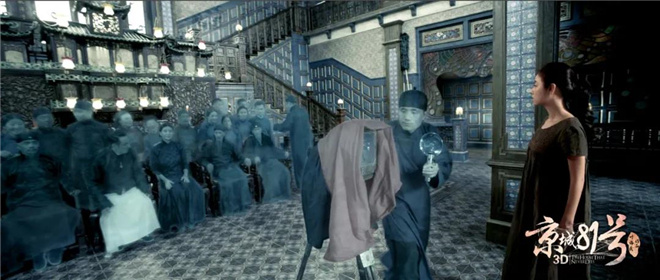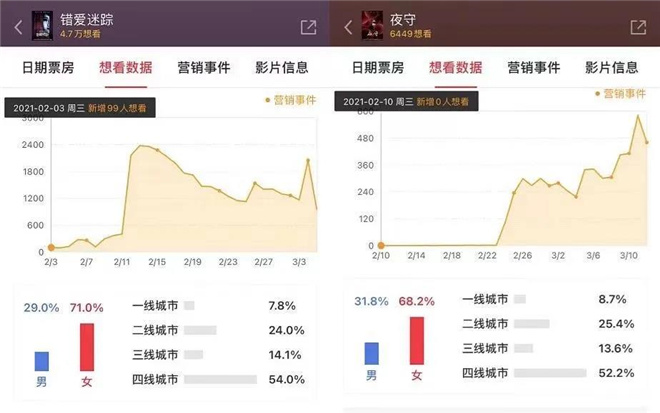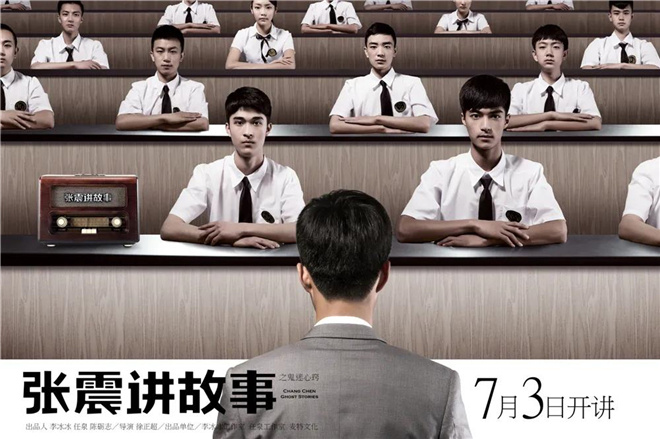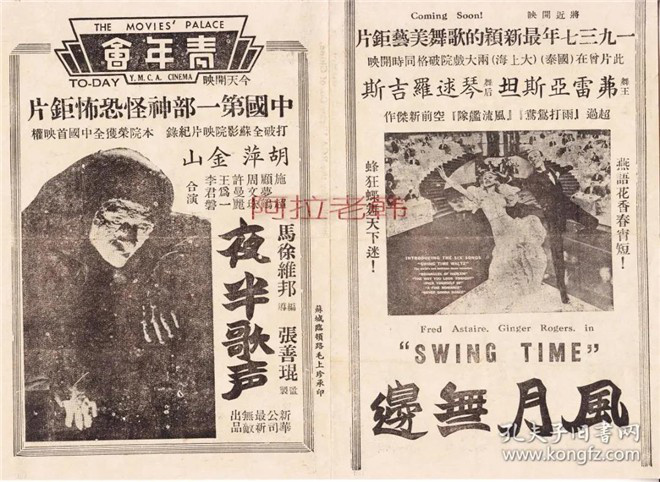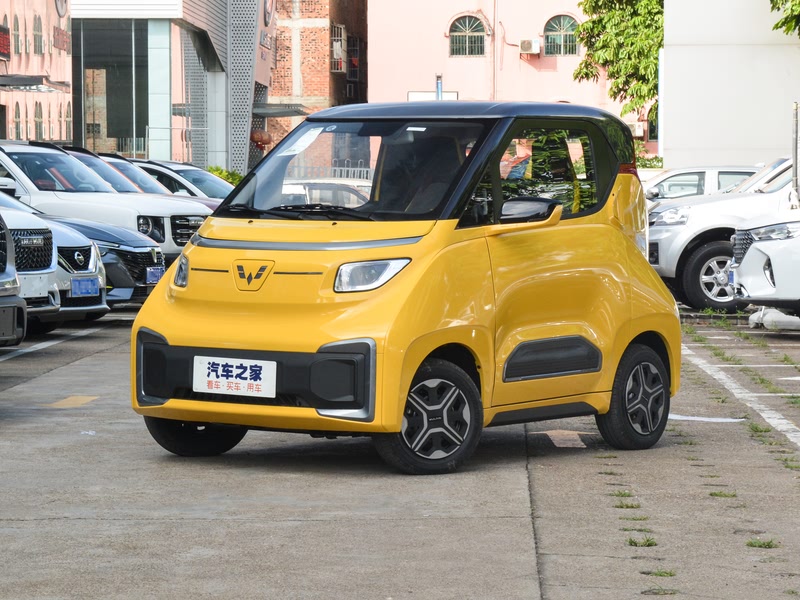Titanium media reported on March 13, according to the official website of the National Health and Wellness Committee, March 12 0— At 2400 hours, 31 provinces (autonomous regions and municipalities directly under the Central Government) and Xinjiang Production and Construction Corps reported 8 new confirmed cases, 7 new deaths (6 in Hubei and 1 in Shandong) and 33 new suspected cases.
On that day, 1,318 new cases were cured and discharged, 2,483 close contacts were released from medical observation, and 237 severe cases were reduced.
As of 24: 00 on March 12, according to the reports of 31 provinces (autonomous regions and municipalities directly under the Central Government) and Xinjiang Production and Construction Corps, there are 13,526 confirmed cases (including 4,020 severe cases), 64,111 discharged cases have been cured, and 3,176 cases have died. There are 80,813 confirmed cases and 147 suspected cases. A total of 678,088 close contacts were tracked, and 12,161 close contacts were still under medical observation.
There are 5 newly confirmed cases in Hubei (5 cases in Wuhan), 1,255 newly cured and discharged cases (1,103 cases in Wuhan), 6 newly died cases (6 cases in Wuhan), and 13,171 confirmed cases (12,358 cases in Wuhan), including 3,948 severe cases (3,793 cases in Wuhan). A total of 51,553 discharged cases (35,197 cases in Wuhan) were cured, 3,062 cases died (2,436 cases in Wuhan) and 67,786 cases were confirmed (49,991 cases in Wuhan). There is 1 new suspected case (1 case in Wuhan) and 49 suspected cases (44 cases in Wuhan).
March 12th 0— At 24: 00, 3 cases of imported confirmed cases were newly reported (2 cases in Shanghai and 1 case in Beijing). As of 24: 00 on March 12, a total of 88 confirmed cases of overseas import were reported.
A total of 190 confirmed cases were received from Hong Kong, Macao and Taiwan: 131 cases in Hong Kong Special Administrative Region (75 cases discharged and 3 cases died), 10 cases in Macao Special Administrative Region (10 cases discharged) and 49 cases in Taiwan Province (20 cases discharged and 1 case died).
National Health Construction Committee: The current epidemic peak in China has passed.
Titanium media reported on March 13 that National Health Commission spokesperson Mi Feng said that from 0: 00 to 24: 00 on March 11, there were 8 new confirmed cases in Wuhan, which had dropped to single digits; Except Wuhan, all cities in Hubei have no new confirmed cases for one week; In provinces outside Hubei, 7 new cases were confirmed, including 6 imported cases. Generally speaking, the current epidemic peak in China has passed.
Covid-19 may have been brought to Wuhan by the US military? Statement of the Ministry of Foreign Affairs
On March 13th, according to the World Wide Web, at the press conference of the Ministry of Foreign Affairs, a foreign media reporter asked about the recent remarks that novel coronavirus may have been brought to Wuhan by the US military. In response, China’s Foreign Ministry spokesperson Geng Shuang said that China has noticed that there have been some discussions about the source of Covid-19 recently, and some senior US government officials and members of Congress have used this to make irresponsible and untrue remarks to discredit and attack China, which China firmly opposes. Geng Shuang said that the international community has different views on the source of the virus. China has always believed that this is a scientific issue and needs to listen to scientific and professional opinions.
Ministry of Commerce: China supports the export of medical materials such as masks.
On March 13th, the titanium media reported that Li Xinggan, director of the Foreign Trade Department of the Ministry of Commerce, said that with the global spread of the epidemic, many countries hoped that China would provide assistance or purchase from China. At present, the supply of masks and medicines in China is still in short supply. In order to reflect the responsibility of big countries and support countries in fighting the epidemic, they have already given support and help to the demands of relevant countries. We will always remember that some countries and international organizations lent a helping hand to the people of China in their most difficult times. While overcoming its own difficulties, China has provided assistance within its capacity to countries and regions with severe epidemics. China is sympathetic to the difficulties and pressures faced by people from all countries in the face of the epidemic. The China government attaches great importance to and actively supports the export of medical materials. It is pleased to see that export enterprises organize the external supply of medical materials such as masks and make due contributions to global epidemic prevention through practical actions.
Zhong Nanshan: Ending the epidemic in June can be expected.
On March 13th, Academician Zhong Nanshan said: Under normal circumstances, Covid-19 is not very active in summer when the temperature is relatively high. But it still depends on the importance attached by each country. With the increasing attention of countries with severe epidemics, I believe that ending the epidemic in June can be expected. Zhong Nanshan called on all countries to respond to the call of WHO and intervene in the COVID-19 epidemic at the national level.
WHO: More than 40,000 cases have been confirmed in COVID-19 outside China.
Titanium media reported on March 13th that as of 10: 00 CET on the 12th (17: 00 Beijing time on the 12th), the number of confirmed cases in COVID-19 outside China increased by 6,703 compared with the previous day, reaching 44,067; The number of deaths outside China increased by 310 compared with the previous day, reaching 1,440. Globally, the number of confirmed cases in COVID-19 increased by 6,729 compared with the previous day, reaching 125,048; The number of deaths increased by 321 compared with the previous day, reaching 4613.
Wuhan hospital will use ambulances to pull meat: it is uniformly requisitioned and will be strictly disinfected.
Titanium media reported on March 13 that a photo of an ambulance pulling pork in Wuhan, Hubei Province recently triggered a heated discussion. The relevant person in charge of the hospital to which the ambulance belongs responded that the ambulances involved were uniformly requisitioned, specially transporting materials, and had formal procedures, and they would be strictly disinfected every time they left the car. He said: "In special times, please be more tolerant."
23 departments jointly issued a document to promote consumption
Titanium Media reported on March 13th that 23 departments including the National Development and Reform Commission and the Ministry of Commerce jointly issued a document to promote consumption, proposing to help the cultural industry and tourism industry effectively cope with the epidemic, tide over the difficulties and resume business in an orderly manner after the epidemic ended.
Two new confirmed cases of novel coronavirus imported from overseas were added in Shanghai.
Titanium media reported on March 13th, and Shanghai Health and Health Commission reported this morning (March 13th): March 12th, 2020 12— At 2400 hours, Shanghai excluded 13 suspected cases of novel coronavirus; Two confirmed cases were added, all of which were imported cases discovered through joint prevention and control mechanism. Case 1, a native of Guangdong, China, worked in the United States, departed from new york, USA on March 9, and arrived at Shanghai Hongqiao Airport on March 10 after connecting in Hong Kong, China. After entering the country, my family drove back to my residence in this city to observe my self-health, and did not go out. On March 12, due to symptoms, he was sent to a medical institution by 120 ambulances. Comprehensive epidemiological history, clinical symptoms, laboratory test results and imaging examination, etc., were diagnosed as confirmed cases. Case 2, a native of Zhejiang, China, worked in Italy. She left Bologna, Italy on March 10th, and arrived at Shanghai Pudong International Airport on March 11th after a connecting flight in Moscow, Russia. Because of symptoms, she was sent to a designated medical institution for observation. Comprehensive epidemiological history, clinical symptoms, laboratory test results and imaging examination, etc., were diagnosed as confirmed cases.
On the 12th, Beijing newly reported a confirmed case imported from COVID-19.
On March 13th, titanium media reported that a new confirmed case of COVID-19 was reported in Beijing yesterday, which was an imported case from Britain. 9 suspected cases were newly reported, including 3 imported from the Netherlands, 2 imported from Italy, 1 imported from South Korea, 1 imported from France, 1 imported from Austria and 1 imported from this city. There are 14 close contacts, including 13 imported from abroad.
There were 2,651 new cases and thousands of deaths in Italy, and the China expert group arrived with 31 tons of materials.
Titanium media reported on March 13th that according to the latest news from the Dutch media BNO Newsroom and AFP, there were 2,651 newly confirmed cases of COVID-19 in Italy, with a total of 15,113 confirmed cases, 189 new deaths and 1,016 cumulative deaths. At 22: 31 Italian time on March 12th (5: 31 Beijing time on the 13th), after more than ten hours’ flight, a group of nine experts from the National Health and Wellness Commission and the China Red Cross sent by the China Municipal Government flew from Shanghai to Rome fiumicino Airport with 31 tons of medical supplies to support the prevention and control of COVID-19 epidemic in Italy. This is the third expert team sent by China after supporting Iran and Iraq.
The number of cases in COVID-19 increased to 1,459: the White House cancelled public visits indefinitely.
According to People’s Daily Weibo, as of the afternoon of March 12th, US Eastern Time, there were at least 1,459 confirmed cases of COVID-19 in the United States, including 39 deaths. Confirmed cases have appeared in 46 States and the District of Columbia. The US Congress announced on the 12th that the Capitol will be closed to the public from that day. The White House cancelled the public visit indefinitely. Starting from the morning of the 12th, all Pentagon visits will be cancelled until further notice.
British Arsenal coach Artta was diagnosed with Covid-19.
Titanium Media reported on March 13th that on March 12th, local time, Arsenal coach Artta was diagnosed with novel coronavirus.
French Football Association: Suspend all professional and amateur football matches in China.
According to CCTV news, on the evening of March 12th, local time, the French Football Association announced in official website that it would suspend all football matches in France from now on, including French League, regional league, women’s league, amateur league and the French national team. It is reported that the decision of the French Football Association was announced after French President Macron delivered a national televised speech that night.
The King and Queen of Spain had been tested and had contacted the minister of diagnosis.
On March 13th, according to People’s Daily, Spanish Minister of Social Equality Elena Montero was diagnosed with Covid-19 on the 12th local time. According to the Spanish newspaper Le Monde, Montero attended the event with Queen letizia of Spain last Friday (6th). After Montero’s diagnosis, the Spanish king and queen were tested by Covid-19, and the results will be announced later. Le Monde said that on the same day, the two had physical contact and Montero kissed the queen. During the activity, they also stood together.
Affected by the epidemic, all six Disney parks in the world are temporarily closed.
According to The Paper, Disney announced that it would close the theme parks in Florida and Paris on March 15th. Like the previously announced closure of California Disneyland, the closing time is tentatively scheduled for March 14th to the end of March. So far, all six Disney parks in the world have been closed due to the epidemic. Previously, Shanghai, Hong Kong, Tokyo and California Disneyland all announced the suspension of business.
South Korea’s COVID-19 increased to 7,979 cases, forcing civil servants to take turns to work at home.
On March 13th, titanium media reported that as of 0: 00 on the 13th, there were 110 new confirmed cases of COVID-19 in Korea, with a total of 7979 confirmed cases and 67 deaths. In order to prevent the epidemic from spreading among public officials, the South Korean government decided to force civil servants to work at home by turns, and to stipulate the proportion of people who are forced to telecommute in various departments to reduce the density of office space.
Argentina declared a health emergency and suspended several international flights.
According to CCTV news, on the evening of 12th local time, Argentine President Fernandez signed a national emergency decree and delivered a national televised speech, introducing the latest measures to prevent and control the epidemic in Argentina. According to the decree, Argentina entered a one-year health emergency, and at the same time, it will suspend receiving international flights from China, South Korea, Japan, Iran, the United States and all over Europe for 30 days. The decree requires all citizens who return to Argentina from the above-mentioned countries and regions to take 14 days of self-isolation, and if they have suspected COVID-19 symptoms, they must report them or face legal sanctions. In addition, all places and activities where crowds may gather will be cancelled. As of 21: 00 local time on March 12th, Argentina announced 31 confirmed cases in COVID-19, 10 more than the previous day.
Canadian Prime Minister’s wife, Covid-19, tested positive and the two were in self-isolation.
According to Xinhua News Agency, the Canadian government said that the Covid-19 test result of Canadian Prime Minister Trudeau’s wife Sophie was positive.
According to reports, Trudeau is currently in good health and has no symptoms. However, due to preventive considerations and following the doctor’s advice, Trudeau will isolate himself for 14 days. In addition, the doctor suggested that Covid-19 test will not be conducted during the isolation period because Tepido has not yet developed symptoms. For the same reason, the doctor said that people who have had contact with Trudeau recently are not at risk of infection.
The Canadian Prime Minister’s Office issued a statement on the 12th, saying that Sophie developed mild flu symptoms such as low fever on the 11th and was tested by Covid-19. Trudeau’s scheduled meeting with leaders of various provinces and regions in Canada on the morning of the 12th was also postponed.
According to a report by Canadian TV on the 11th, a Canadian man was diagnosed with COVID-19 on the 10th after attending an international conference in Toronto, Canada in early March. Trudeau and other Canadian government officials attended the meeting. Canadian Minister of Natural Resources O’Reagan, who attended the meeting, said on social media on the evening of 10th that he had been suffering from a cold for several days and had isolated himself.
Tesla withdrew all American employees from the super factory in Berlin.
On March 13th, Titanium Media reported that Tesla was withdrawing all American employees working in the super factory in Berlin, Germany, for fear of the European travel ban issued by Covid-19 and US President Trump. German media said that the evacuation of employees may affect the construction schedule of super factories.
The president of NBA announced that the NBA would stop for at least 30 days.
On March 13th, according to the National Broadcasting Corporation (NBC), NBA President Adam Xiao Hua announced that the NBA would be shut down for at least 30 days, and then re-evaluated.
Want to donate one million people for free virus testing was approved, and Softbank Masayoshi Son adjusted to donate one million masks.
According to Reuters, Masayoshi Son, the founder of Softbank, posted a proposal on Twitter on Thursday to donate 1 million free masks to help fight the novel coronavirus epidemic. The day before, he said on Twitter that he would provide 1 million free coronavirus tests, but he was criticized by a series, saying that doing so might bring great pressure to medical institutions.
Due to the outbreak of Covid-19, the Microsoft Build 2020 offline developer conference was cancelled.
On March 13th, Titanium Media reported that Microsoft planned to hold the annual Build Developer Conference in Seattle from May 19th to May 21st, but Microsoft has now decided to make it an "online virtual conference" and the offline activities will be cancelled.
All the Champions League and Europa League matches have been postponed.
On March 13th, titanium media reported that UEFA official website announced that due to the epidemic, all European wars scheduled for next week will be postponed, including the ongoing Champions League and Europa League. According to the original plan, the second leg of the Champions League quarter-finals will be held from March 17th to 18th, among which there are many focus wars between Bayern and Chelsea and Barcelona and Naples.
The average operating rate of industrial enterprises in the country except Hubei is over 95%
Titanium Media reported on March 13 that the Ministry of Industry and Information Technology introduced at the press conference of the State Council Office that the average operating rate of industrial enterprises in the country except Hubei exceeded 95%, the average re-employment rate of enterprise personnel was about 80%, and the operating rate of small and medium-sized enterprises had reached about 60%.
Primary schools, junior high schools, senior high schools and secondary vocational schools in Xinjiang will be fully opened on March 23rd.
Titanium Media reported on March 13th that according to the CCTV news client, the Education Department of Xinjiang Uygur Autonomous Region issued a notice to arrange primary schools, junior high schools, senior high schools and secondary vocational schools in the whole region to start classes on March 23rd and resume classes in an all-round way. The notice requires that all schools in the whole region should, in accordance with the deployment of epidemic prevention and control work in the autonomous region, do a good job in the comprehensive school resumption and epidemic prevention and control work on the basis of starting school on March 16 of the graduation grades of senior three, junior three and secondary vocational schools. In accordance with the principle of territorial management, clear responsibilities, one school, one policy, detailed plans, perfect plans, scientific organization of teaching management and epidemic prevention and control, to ensure campus safety, orderly teaching and epidemic prevention in place after the school fully resumes classes.
Ministry of Industry and Information Technology: Support Hubei auto industry parts to give priority to resumption of production.
Titanium Media reported on March 13 that the Ministry of Industry and Information Technology has docked and communicated with the joint prevention and control mechanism of Hubei Province, the Ministry of Industry and Information Technology of Hubei Province and various cities and states, hoping to give priority to the resumption of work and production of automobile industry parts and components. At present, the auto parts enterprises in Hubei Province have resumed production in an orderly manner. Two vehicle manufacturers in Wuhan, Hubei Province have also started to resume production. The resumption of work and production of China automobile industry is progressing in an orderly manner.
The Shandong Provincial Department of Education rumored that "students will be arranged to enter the school one after another from March 16": false.
Titanium media reported on March 13th that the official WeChat account of Shandong Provincial Education Department "Shandong Education Release" released a message, and the online transmission of "Notice of Shandong Provincial Education Department on matters related to the start of school in the spring of 2020" was a rumor. At present, the specific start time of Shandong Province has not been determined.
The above news of "Shandong Education Release" is accompanied by a false notice file transmitted by the Internet. According to the document, "With the effective control of the novel coronavirus epidemic in our province, with the consent of the provincial party Committee and the provincial government, our province will arrange students to enter the school one after another on March 16." The specific arrangement is, "the time for entering the school in the third and third grades is 3.16 pm; Senior two and senior one enter the school at 3.26 pm; The second, third and primary school enrollment time is 4.1 am; Kindergarten admission time to be determined. " The "notice" also stated that there are no holidays after the start of school, and no teacher or student is allowed to go out for any reason.
Central Academy of Drama: Some majors in the art examination can be admitted according to the results of the college entrance examination.
According to the news of March 13th, the Central Academy of Drama resolutely implements the decisions and arrangements of the CPC Central Committee on epidemic prevention and control, fully studies the impact of the epidemic on the entrance examination, respects the selection rules of art professionals, takes the life safety of the majority of candidates and teachers as the starting point, takes the principle of minimizing large-scale personnel gathering, reducing the impact on the candidates and ensuring the fairness and justice of the examination as the principle, and studies the adjustment plan of the entrance examination in combination with the actual situation of the college, and strives to minimize the impact of the epidemic in COVID-19. Some majors may consider canceling the professional examination and accepting students from high to low according to the scores of the college entrance examination (that is, the ratio of candidates’ scores to one line in their province). According to the actual requirements of students in each major, the scores of individual subjects will be formulated separately. This kind of major is involved in the provincial unified examination, and candidates must obtain the corresponding professional qualification certificate or pass the provincial unified examination; Candidates can directly fill in the college entrance examination volunteers for majors that are not involved or required in the provincial unified examination.
(This article is the first titanium media App, edited by Wang Wei)
